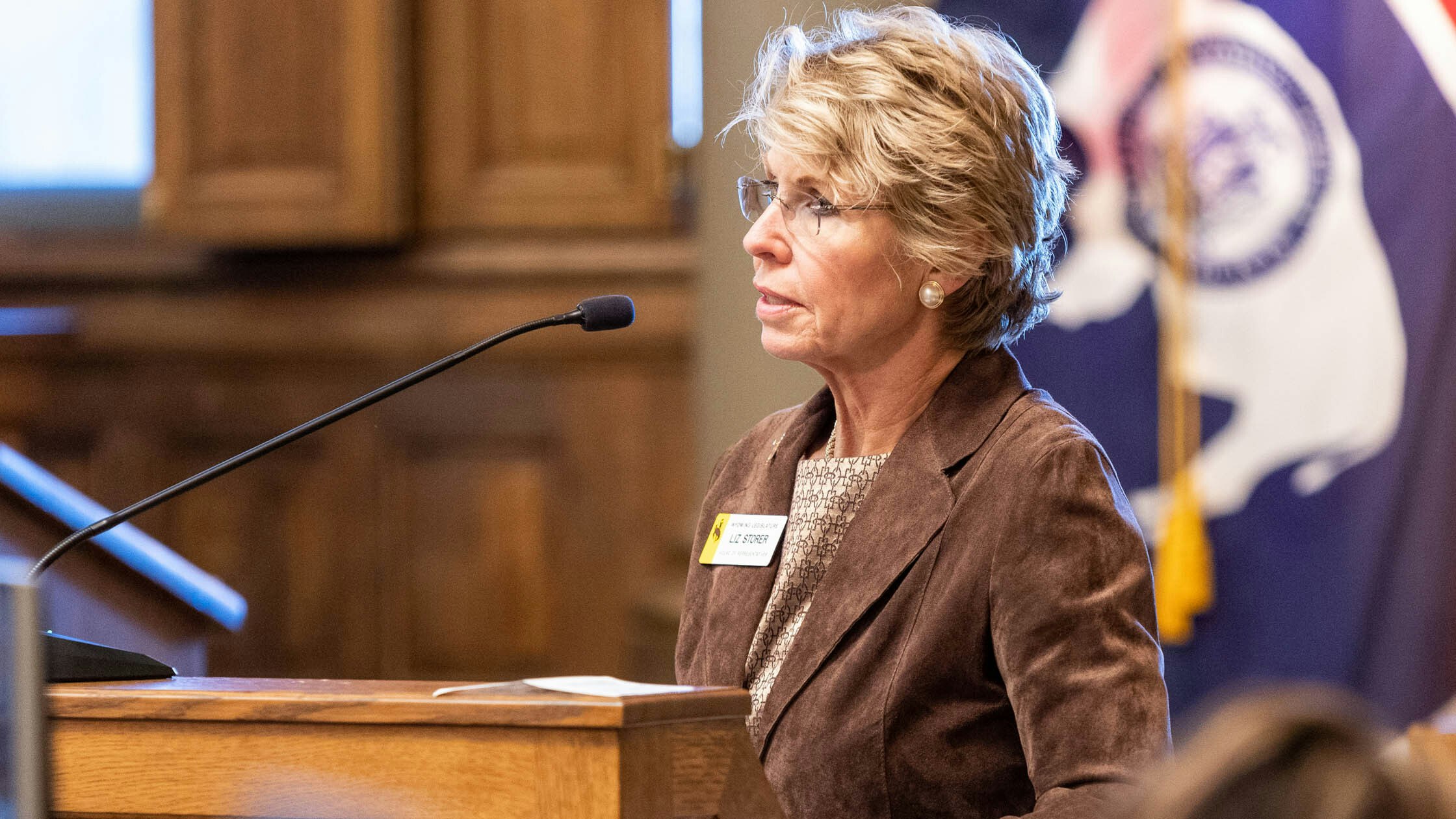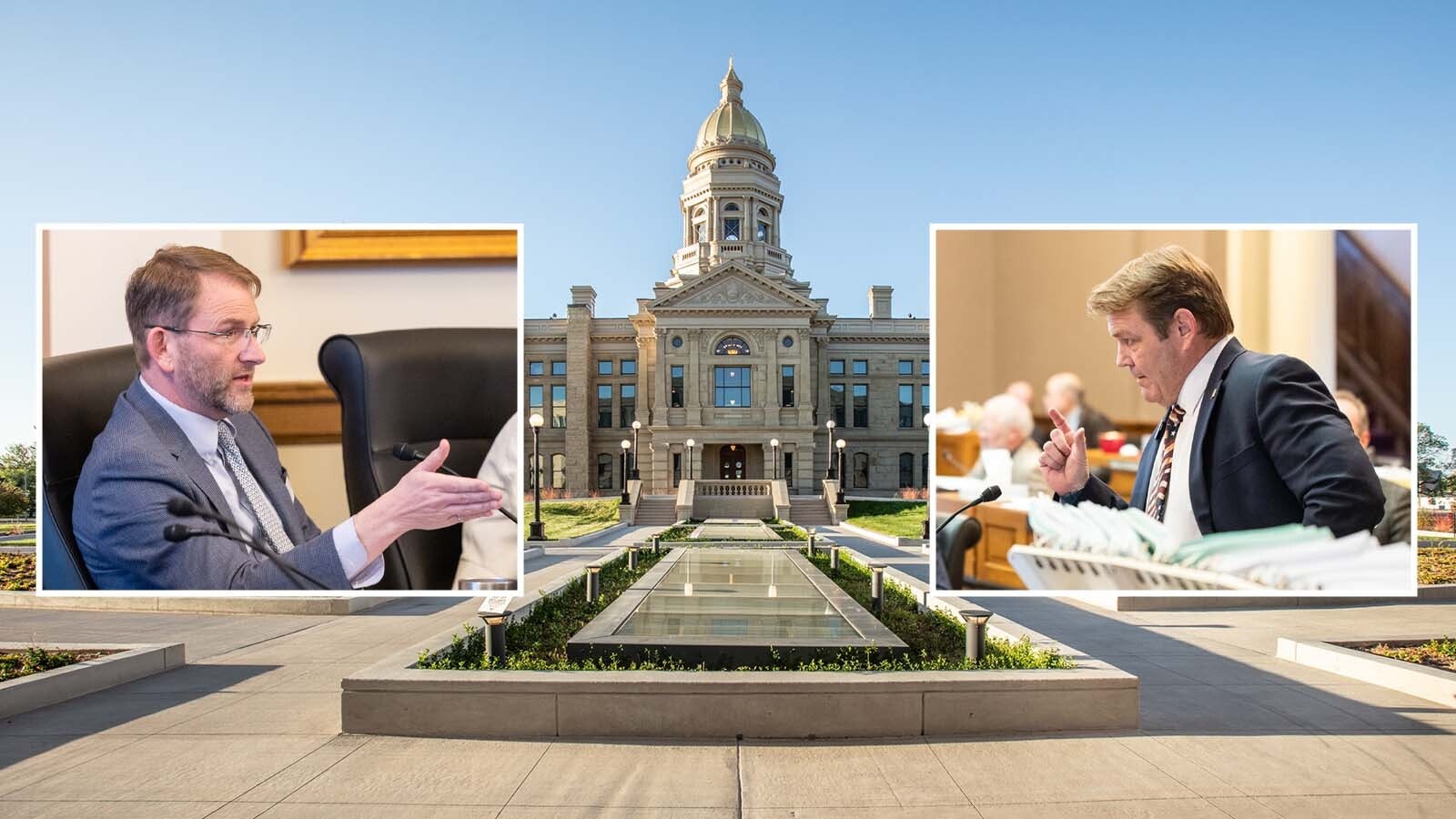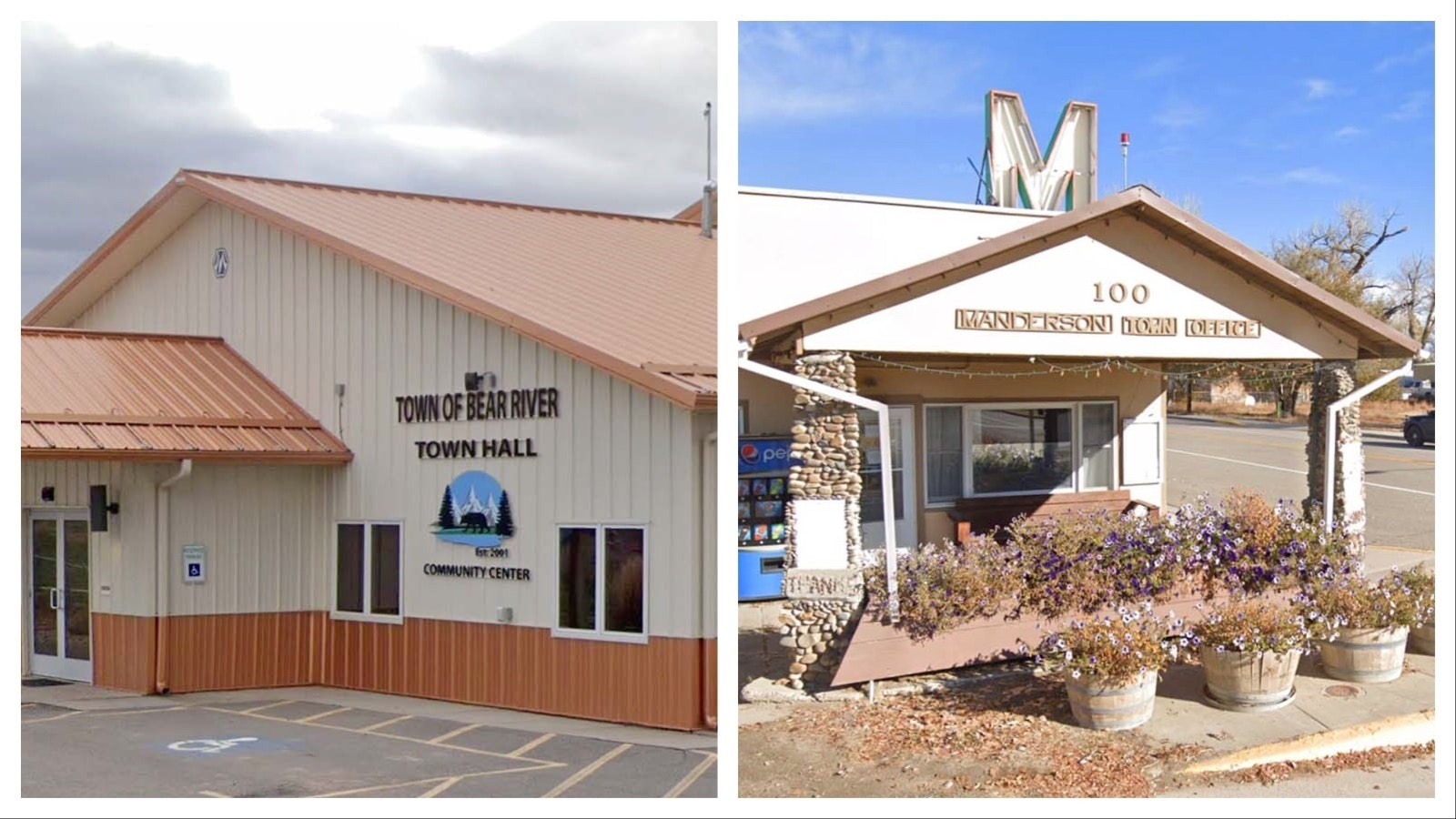A constitutional amendment that many lawmakers believe is necessary for real property tax reform has been resurrected from what had appeared to be certain death.
House Joint Resolution 2 had sought to pull residential property taxes out of the “other” category in Wyoming’s constitution, where it is listed with commercial and agricultural property. That bill had also included a cap on tax rate increases, which ultimately sank it in committee.
A similar bill in the Senate made it to the floor, but failed to achieve a two-thirds majority.
The Wyoming constitution requires all property in the “other” category be treated the same. That simple fact has stymied lawmakers again and again as they tried to provide property tax relief to homeowners in danger of losing their homes amid double-digit increases to tax rates across the Cowboy State.
Pulling residential property into its own category would allow lawmakers to target relief to the class of taxpayers that lawmakers say they have heard from the most — homeowners.
But House Joint Resolution 2 is not just a zombie bill brought back to life through an obscure rules process. In this case, it has been inserted into a completely different property tax relief measure, Senate Joint Resolution 3, and has completely taken it over.
Doing Something About Property Tax Reform
Senate Joint Resolution 3 was sponsored by Sen. Dan Dockstader, R-Afton. It would write a property tax exemption into the constitution for the elderly and the infirm.
But, it is legislation that repeats an existing program, Rep. Liz Storer, D-Jackson, told lawmakers on the House floor Tuesday night.
“I think the language we currently have in Senate Joint Resolution three is a good idea, but it’s really not necessary,” she said. “We already have a program to do this in statute, and if we want to make that program work better, we should address it in statute.”
Meanwhile, Storer continued, lawmakers have talked and talked about property tax relief yet, “as of today, House Bill 99 is the only bill on the governor’s desk,” a fact many senators, Dockstader among them, were lamenting as they debated House Bill 99 last week.
“I think this is a great opportunity to put an excellent tool in our toolbox for broad-based tax relief in the future,” Storer said. “And I believe the voters will appreciate the opportunity to do so.”
Politics And Strange Bedfellows
Dockstader told Cowboy State Daily in an email he was fully aware of Storer’s intent to overwrite his bill with House Joint Resolution 2 language.
“I support the change as we needed to find a solution for property tax relief,” he said. “So many bills have failed along the way.”
Dockstader, during debate of House Bill 99, was one of the many lawmakers expressing frustration that so many property tax bills had withered this legislative session. Out of no less than 21 bills that dealt with property tax reform or relief, only two bills have made it thus far. House Bill 99, which expands an existing refund program, and House Bill 100, which proposes to study whether Wyoming should move from a fair market value system to one based on purchase price.
House Bill 100 is going into law without the governor’s signature, and Gov. Mark Gordon specifically cited the failure of both the proposed joint resolutions that would have given residential property its own category. Without those, Gordon suggested the study bill is premature, and won’t be able to really answer the questions that have been set for it.
Dockstader told Cowboy State Daily after the House Bill 99 debate that he believed lawmakers needed to act more boldly.
“We needed to set aside the fear to restructure the system through resolution and constitutional amendment,” he said. “And we needed the recipients of the property tax dollars to work with us on a successful solution.
“The problem is not going away, and will probably continue to escalate as people with more than sufficient means seek the wonderful, wide open spaces in Wyoming to call home.”
Storer told Cowboy State Daily the idea of replacing Senate Joint Resolution 3 with language from House Joint Resolution 2 was discussed late last week.
“There was a general consensus that the original language of SJ3 wasn’t all that needed,” Storer said.
Opponents Push Back
The fact that both bills were joint resolutions putting a constitutional amendment on the ballot to deal with property tax relief made the unusual solution feasible. But advocates of the idea still have to gain a two-thirds majority in both the House and Senate to make the idea fly. Voters will also get a chance to weigh in.
Tuesday night, as the amendment was debated, there was pushback from some lawmakers, who described the move as a rushed, 11th-hour gamble.
“Is it better to divide it out?” Rep. John Bear, R-Gillette asked. “Maybe so, and we can debate that. In fact, we did debate that when we had Joint Resolution Number 2 come before us, which was defeated by this body.”
Bear argued that the state should take more time with the matter, so that whatever goes on the ballot is the best idea.
“It was brought up that we’re going to have another opportunity before this goes on the ballot,” he said. “If we put forth something that we’re not going to be completely satisfied with, and we put it on the ballot and then in the next session we come up with something brilliant, we put our heads together, that too will be on the ballot. Think about what that will tell the voters as they look at their ballot.”
Rep. Pepper Ottman, R-Riverton, meanwhile, said the best ideas from the session have been submitted for interim studies.
“There’s all of these ideas coming,” she said.
Ottman also questioned what separating residential property out would really accomplish, and suggested it could be worse for residential property owners in the end.
“The ballot initiative, that will go on there is not complete,” she said. “It is not clear. It doesn’t have a cap. It opens up to all sorts of things and it could be presented to the people in a way that they’d not understand what they are voting for.”
Don’t be in a hurry, Ottman said. “Like they said, it won’t be on the ballot for another year and a half.”
House Joint Resolution 2 Had Lots Of Study
But other lawmakers pushed back against the idea that House Joint Resolution 2 was a hurried and unstudied rush job. The bill was an interim topic, it was studied, it was debated in committees at length. A similar bill in the Senate was also debated at length, and nearly passed the floor. It fell short by just a few votes of the needed two-thirds super majority, after Freedom Caucus members banded together to defeat it.
Rep. Steve Harshman, R-Casper said property tax reform will have to be a stepwise process.
“I think when HJ2 was here, it got voted down because we’re trying to do what some consider the perfect solution, and we linked a couple of big concepts like caps and a fourth class together,” he said. “That’s tough.”
The failure of that bill helped focus attention, though, on what is really the most important feature of Wyoming’s property taxes and reforms, Harshman suggested.
“Right now, with three classes, all of our homes are lumped in with the biggest corporations in this world,” he said. “They pay the same rate as you and your mother and your children.”
Deciding whether that should be the case is really a fundamental question, one he believes voters should get to answer.
“Should your mother’s house, should my house, should our kid’s houses be at the same rate as the largest corporations in the world?” he asked. “I don’t know. We’re one of the few states that doesn’t separate residential.”
Letting voters decide that answer, Harshman said, is a first step that will inform the rest of the process of tax reform.
Where The Bill Stands
Senate Joint Resolution 3 passed the House with 53 yes votes and 9 no votes, which was easily a two-thirds majority. The bill has been sent over to the Senate for review and to decide whether to agree with the change. The bill was delayed one day so that the changes can be explained to senators.





